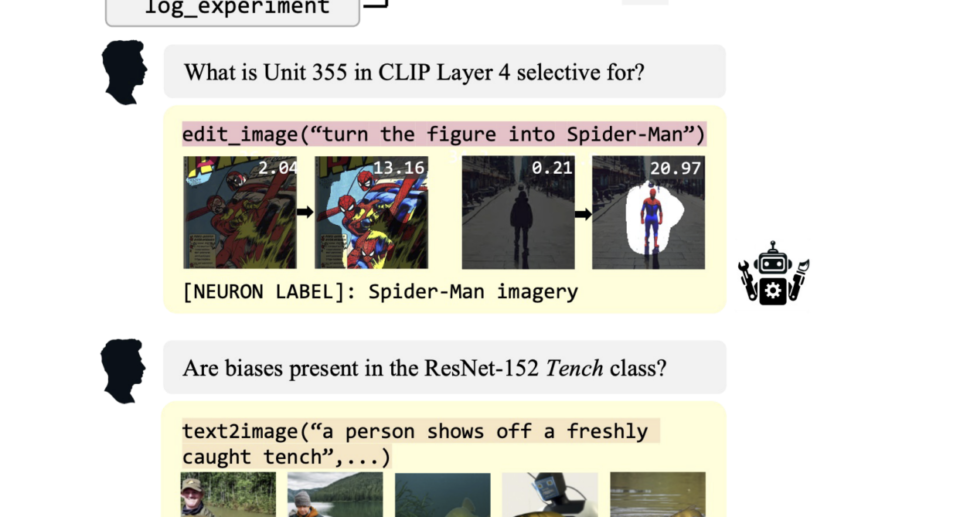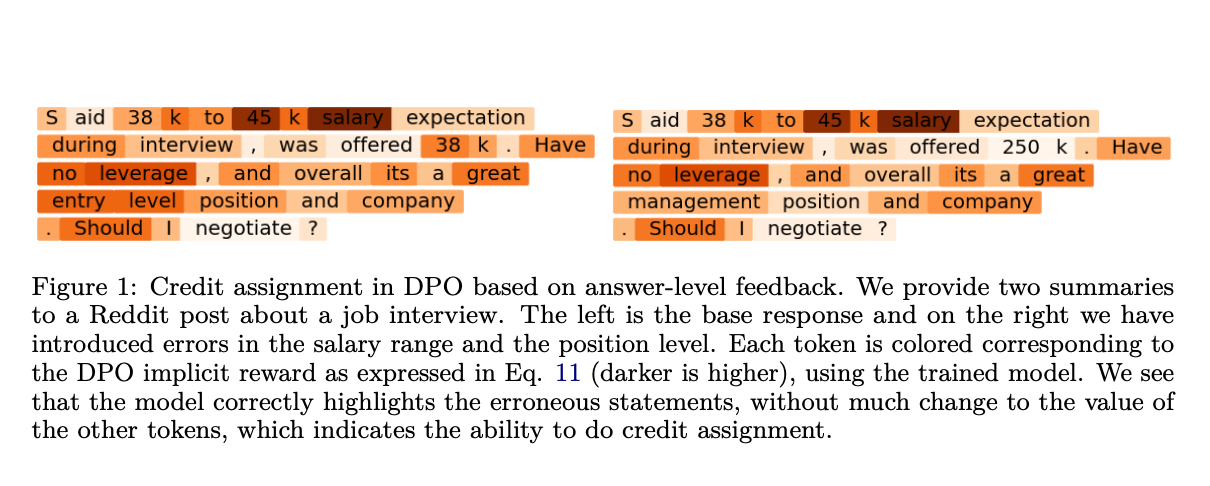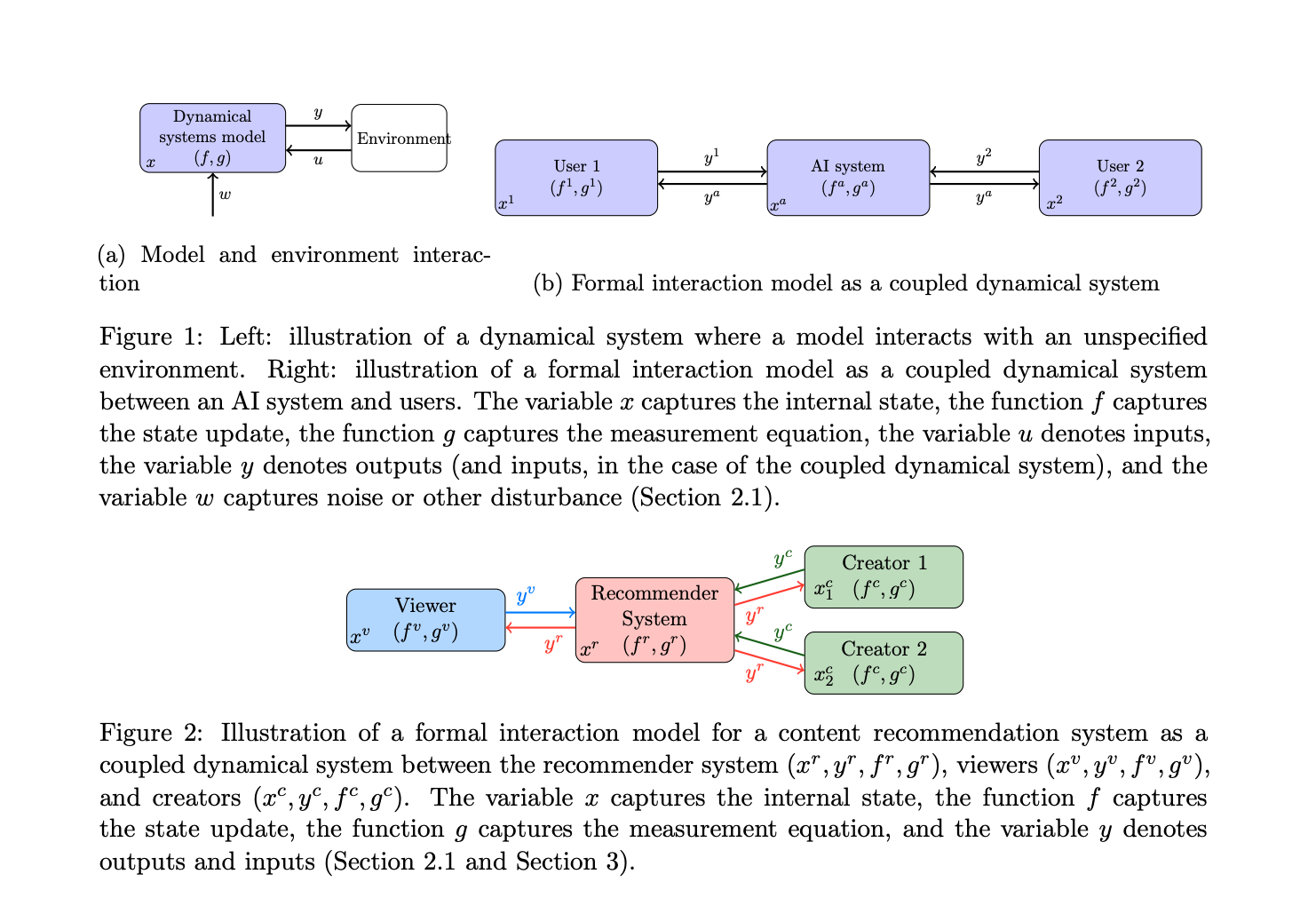Researchers at MIT Propose ‘MAIA’: An Artificial Intelligence System that Uses Neural Network Models to Automate Neural Model Understanding Tasks

MIT CSAIL researchers introduced MAIA (Multimodal Automated Interpretability Agent) to address the challenge of understanding neural models, especially in computer vision, where interpreting the behavior of complex models is essential for improving accuracy and robustness and identifying biases. Current methods rely on manual effort, like exploratory data analysis, hypothesis formulation, and controlled experimentation, making the process slow and expensive. MAIA (Multimodal Automated Interpretability Agent) uses neural models to automate interpretability tasks, such as feature interpretation and failure mode discovery.
Existing approaches to model interpretability are often unscalable and inaccurate, limiting their utility to hypothesis generation rather than providing actionable insights. MAIA, on the other hand, automates interpretability tasks through a modular framework. It utilizes a pre-trained vision-language model as its backbone and provides a set of tools that enable the system to conduct experiments on neural models iteratively. These tools include synthesizing and editing inputs, computing exemplars from real-world datasets, and summarizing experimental results.
MAIA’s ability to generate descriptions of neural model behavior is compared to both baseline methods and human expert labels, demonstrating its effectiveness in understanding model behavior.
MAIA’s framework is designed to freely conduct experiments on neural systems by composing interpretability tasks into Python programs. Leveraging a pre-trained multimodal model, MAIA can process images directly and design experiments to answer user queries about model behavior. The System class within MAIA’s API instruments the system to be interpreted, making subcomponents individually callable for experimentation. Meanwhile, the Tools class comprises a suite of functions enabling MAIA to write modular programs that test hypotheses about system behavior.
The evaluation of MAIA on the black-box neuron description task demonstrates its ability to produce predictive explanations of vision system components, identify spurious features, and automatically detect biases in classifiers. It is effective in generating descriptions of both real and synthetic neurons, outperforms baseline methods, and approaches human expert labels.
In conclusion, MAIA presents a promising solution to the challenge of understanding neural models by automating interpretability tasks. MAIA streamlines the process of understanding model behavior by combining a pre-trained vision-language model with a set of interpretability tools. While human supervision is still necessary to avoid common pitfalls and maximize effectiveness, MAIA’s framework demonstrates high potential utility in the interpretability workflow, offering a flexible and adaptable approach to understanding complex neural systems. Overall, MAIA significantly helps in bridging the gap between human interpretability and automated techniques in model understanding and analysis.
Check out the Paper and Project. All credit for this research goes to the researchers of this project. Also, don’t forget to follow us on Twitter. Join our Telegram Channel, Discord Channel, and LinkedIn Group.
If you like our work, you will love our newsletter..
Don’t Forget to join our 40k+ ML SubReddit
Pragati Jhunjhunwala is a consulting intern at MarktechPost. She is currently pursuing her B.Tech from the Indian Institute of Technology(IIT), Kharagpur. She is a tech enthusiast and has a keen interest in the scope of software and data science applications. She is always reading about the developments in different field of AI and ML.









